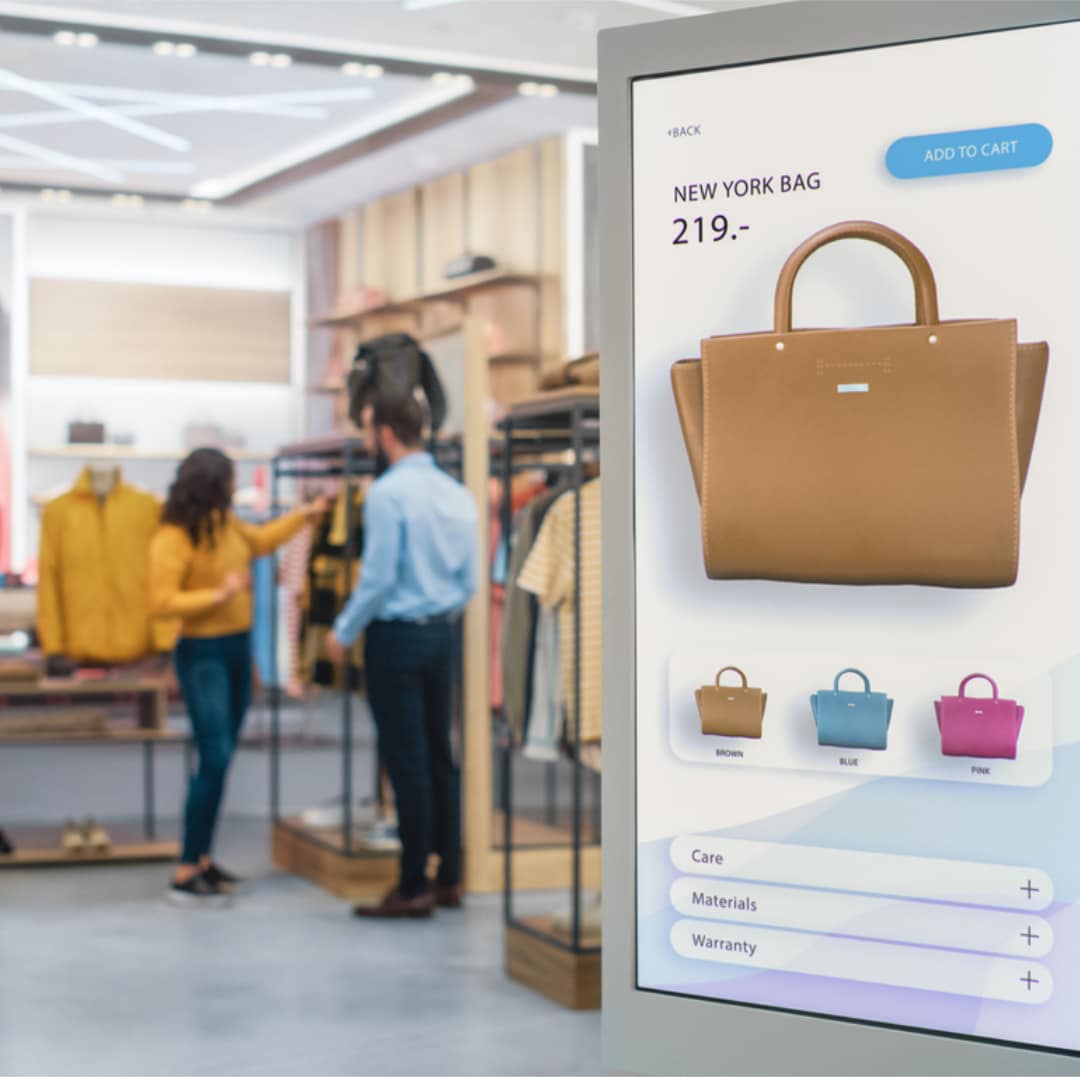What Is Hybrid Retail? How Signage Creates Seamless Shopping Experiences

What Is Hybrid Retail? How Signage Creates Seamless Shopping Experiences
Hybrid retail signage is transforming the way people shop. By blending the convenience of digital shopping with the experience of in-store visits, hybrid retail meets customers where they are. But here’s the catch: none of it works without clear, engaging signage. From digital displays to wayfinding systems, signage is what connects online and offline touchpoints, making hybrid retail seamless in the real world.
What Is Hybrid Retail?
Hybrid retail is the fusion of physical and digital shopping experiences. Instead of choosing between online convenience or in-store browsing, customers get both. Common hybrid retail strategies include:
- Buy Online, Pick Up In-Store (BOPIS): Customers purchase through an app or website and pick up their order locally.
- Ship-to-Store: Items are shipped to a retail location for easy pickup.
- Curbside Pickup: A major innovation during the pandemic that continues to grow.
- In-App Shopping & Same-Day Delivery: Customers use mobile apps for instant gratification.
- Social Commerce: Retailers integrate social media into their sales strategy, letting people browse and buy directly from posts.
For customers, hybrid retail is about choice and convenience. For businesses, it’s about creating a consistent, branded journey — and that’s where signage comes in.
The Role of Signage in Hybrid Retail
Hybrid retail isn’t just about logistics. Customers need to know where to go, what to do, and how to interact with new shopping options. Signage bridges that gap by guiding, informing, and reinforcing brand identity.
Here’s how signage drives hybrid retail success:
1. Digital Displays at Pickup & Service Areas
Hybrid customers want speed. Digital signage at pickup counters or curbside areas shows order status, wait times, and next steps. This reduces frustration and improves efficiency.
2. Interactive Wayfinding
Many hybrid experiences depend on directing customers to new service points (pickup lockers, dedicated return desks, or digital kiosks). Interactive wayfinding signage ensures customers can navigate seamlessly — even in large or complex store layouts.
3. Consistent Promotions Across Channels
Menu boards, POS signage, and digital displays should match the offers customers saw online. Consistency builds trust and makes the customer feel like the brand experience is integrated, not disjointed.
4. Environmental Branding
When customers transition from online browsing to an in-store pickup, they expect the same level of branding. Wall graphics, window decals, and branded kiosks create familiarity and strengthen loyalty by reinforcing identity.
5. Augmented & Virtual Reality Displays
Forward-thinking retailers are experimenting with AR and VR signage. Imagine pointing your phone at a sign and previewing how a piece of furniture fits in your living room. Or using a VR display to “try on” clothes virtually in-store. Hybrid signage blends tech and creativity to elevate the experience.
Why Hybrid Retail Matters
Customers no longer separate the “digital” from the “physical.” They expect a frictionless experience that moves across devices, apps, and real-world spaces. Retailers who fail to adapt risk losing customers to more innovative competitors.
Signage is a critical piece of this puzzle because it:
- Guides customers clearly through new processes.
- Bridges digital and in-store branding for a seamless experience.
- Supports operational efficiency by reducing confusion and delays.
- Creates opportunities for upselling through well-placed promotions and visuals.
- In other words: signage doesn’t just decorate a space — it drives the success of hybrid retail strategies.
In other words: signage doesn’t just decorate a space — it drives the success of hybrid retail strategies.
Hybrid retail is here to stay, and it’s reshaping customer expectations. As stores evolve to integrate online and offline experiences, hybrid retail signage ensures every interaction is smooth, on-brand, and customer-focused.
From guiding customers to pickup areas, to reinforcing promotions they first saw online, to experimenting with AR and digital displays, signage is the glue that makes hybrid retail work.